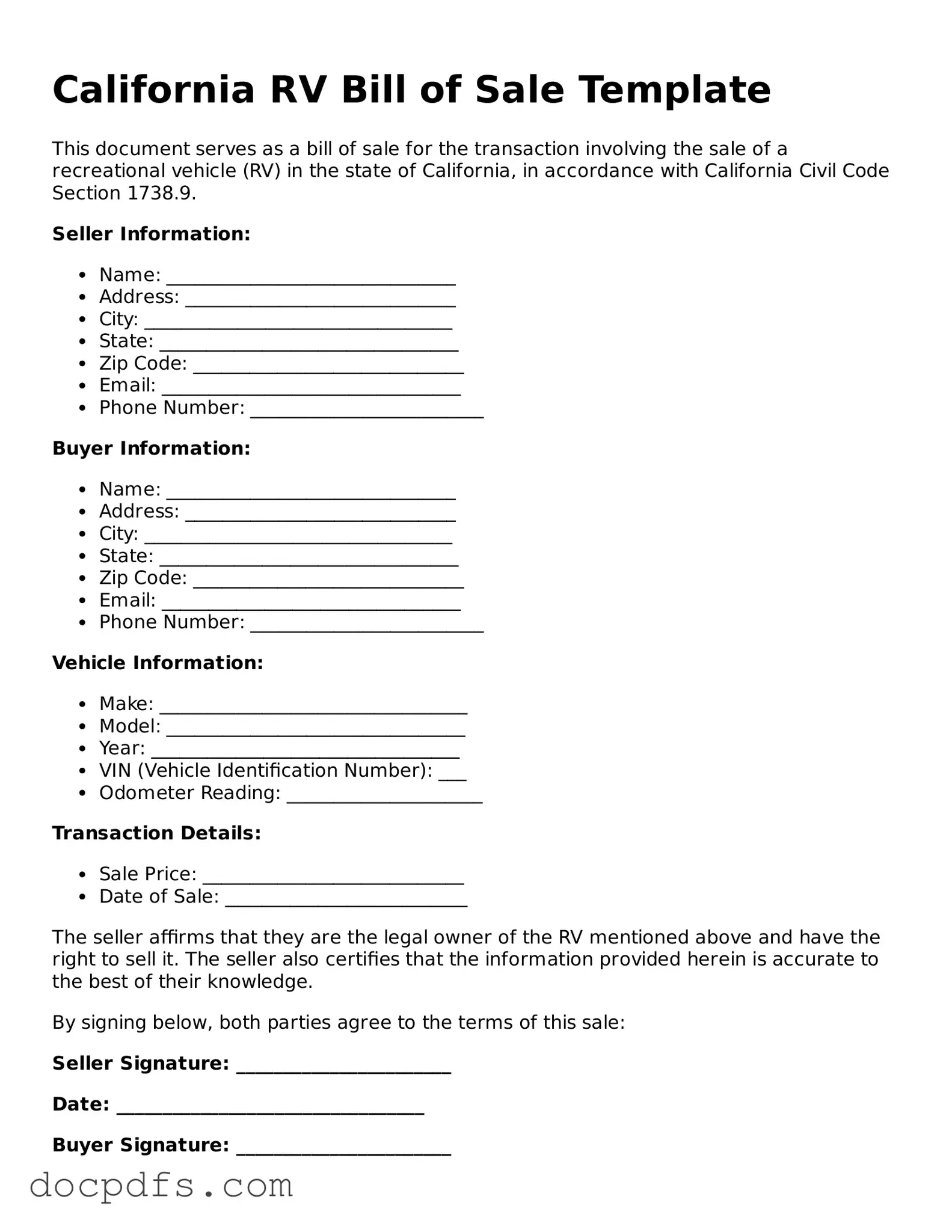How to Do a Bill of Sale
- Having a Bill of Sale may eliminate confusion about ownership in the future, making it easier to prove the sale took place.
The Texas Notice to Quit form is a legal document used by landlords to inform tenants of their intention to terminate a rental agreement. This notice provides the tenant with a specified timeframe to vacate the premises. Understanding this form is essential for both landlords and tenants to ensure compliance with Texas rental laws. For those looking for a template, you can find one at https://texasformsonline.com/free-notice-to-quit-template.
Selling a Car in Virginia
- This form can highlight that the sale is conclusive, and both parties have fulfilled their commitments.
Dmv Texas
- This form typically includes the date of the transaction.
Georgia Dmv Bill of Sale
- The RV Bill of Sale protects the interests of both the buyer and seller during the sale process.
